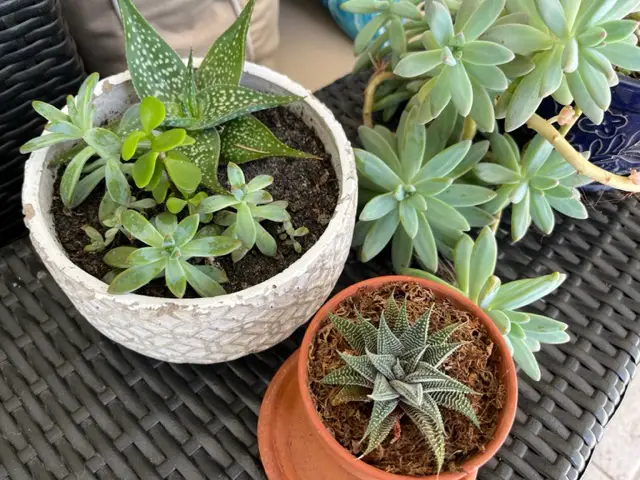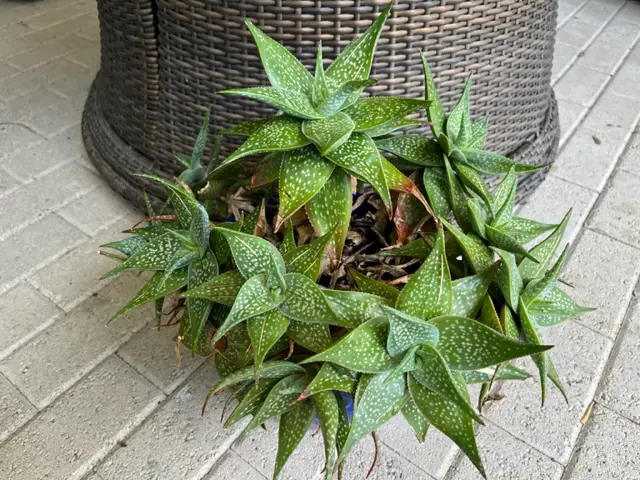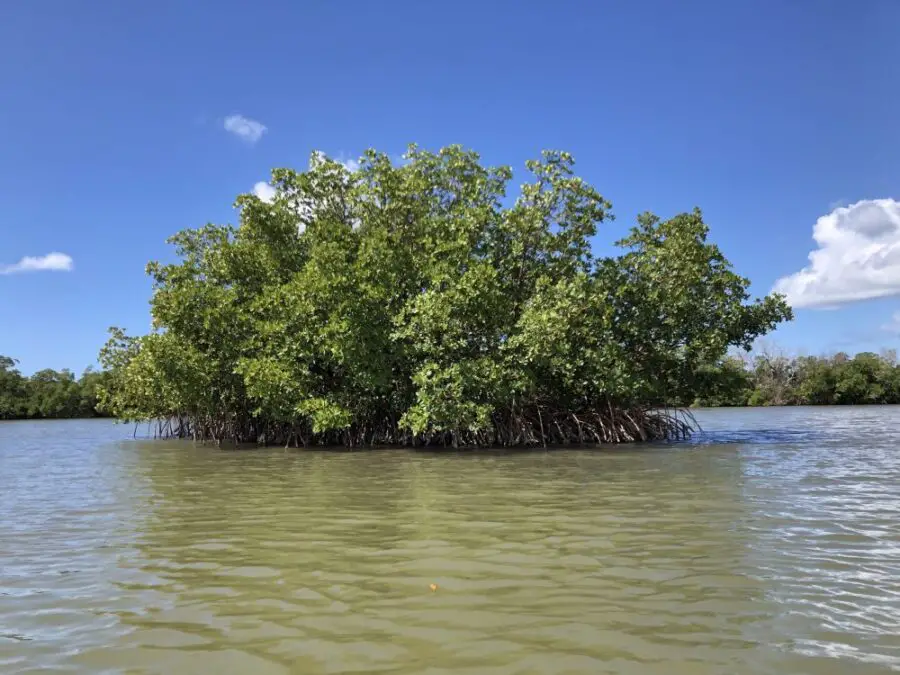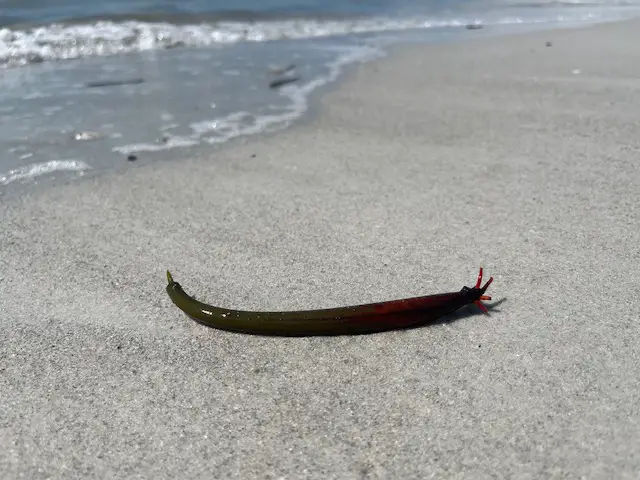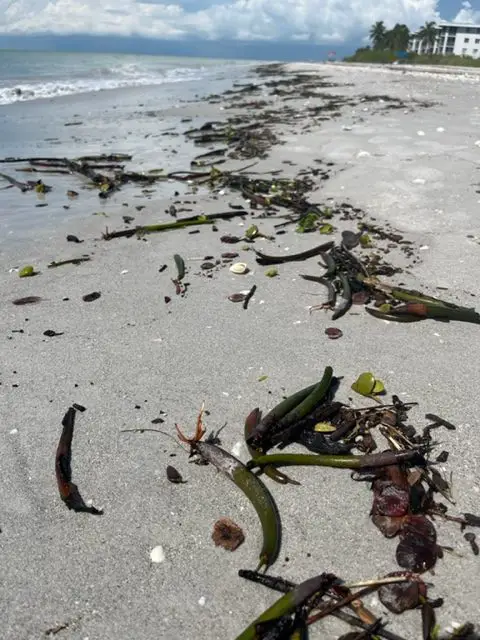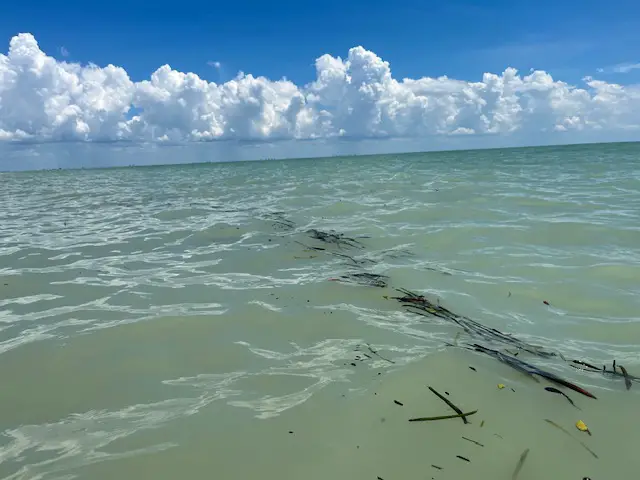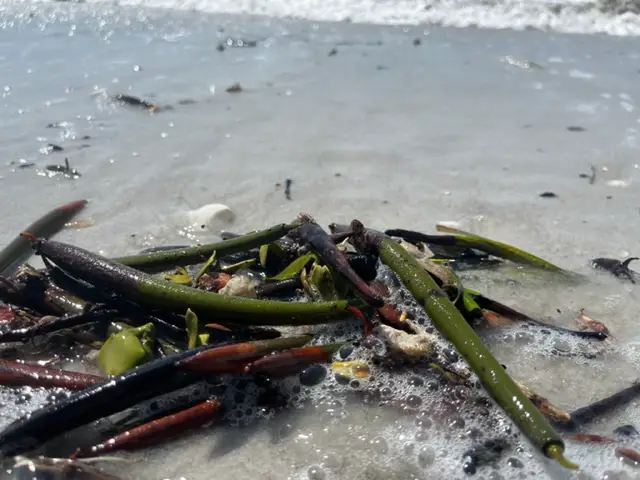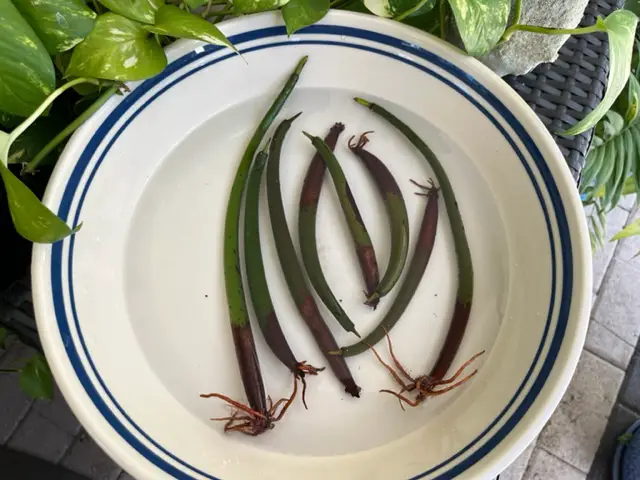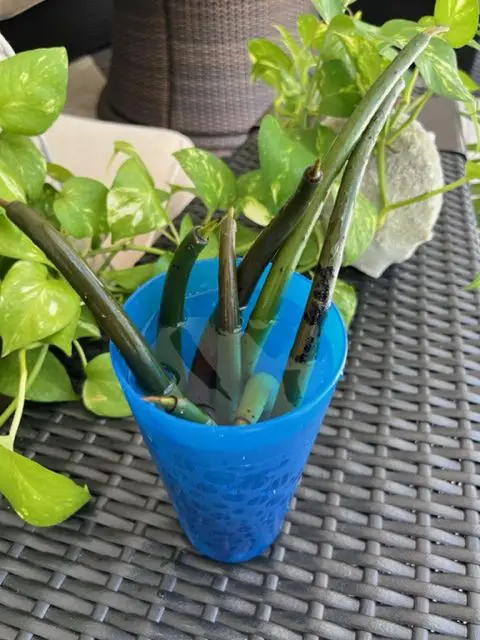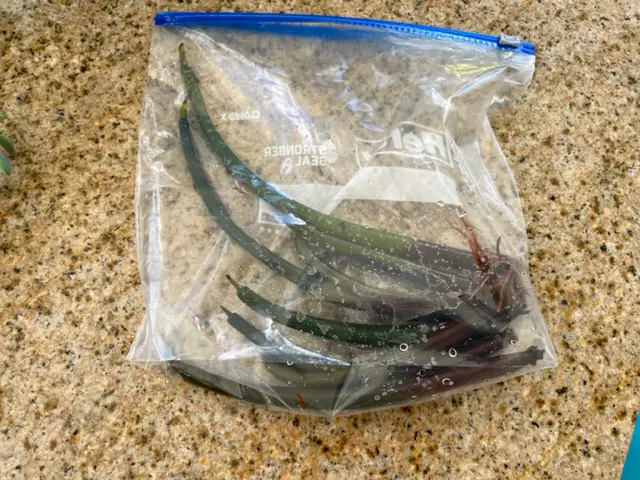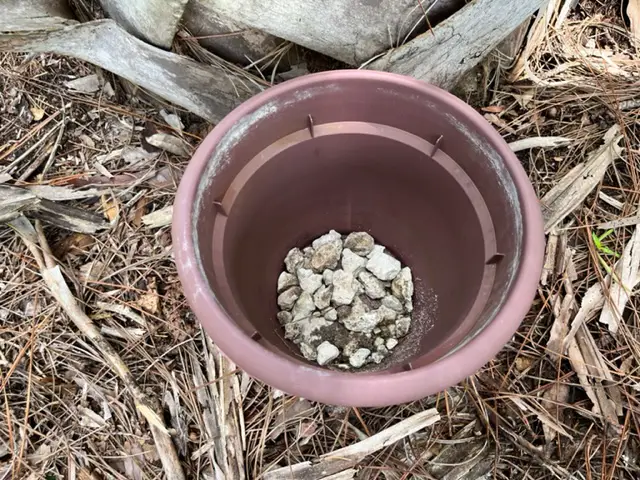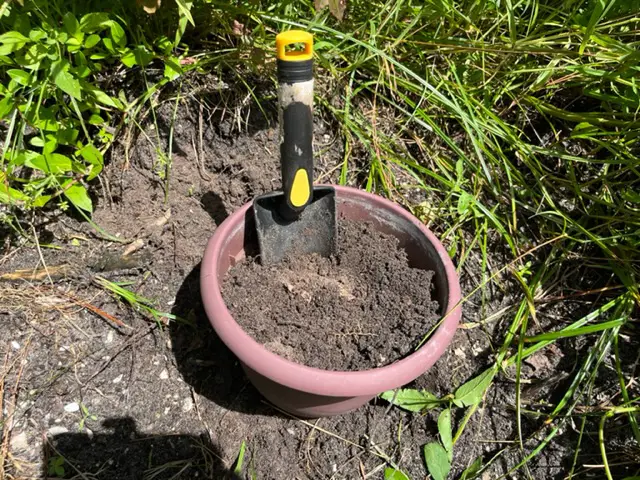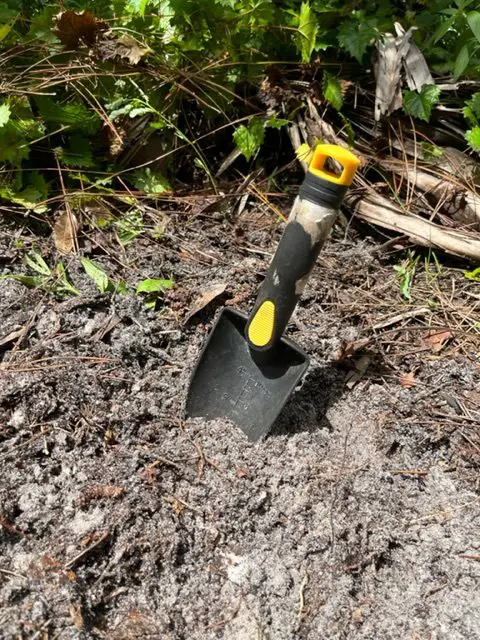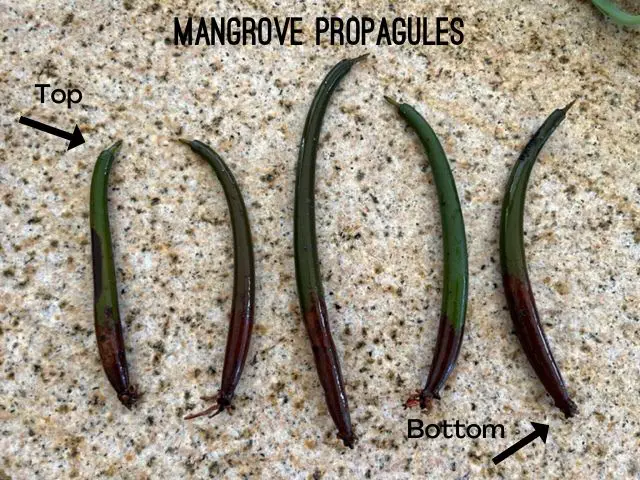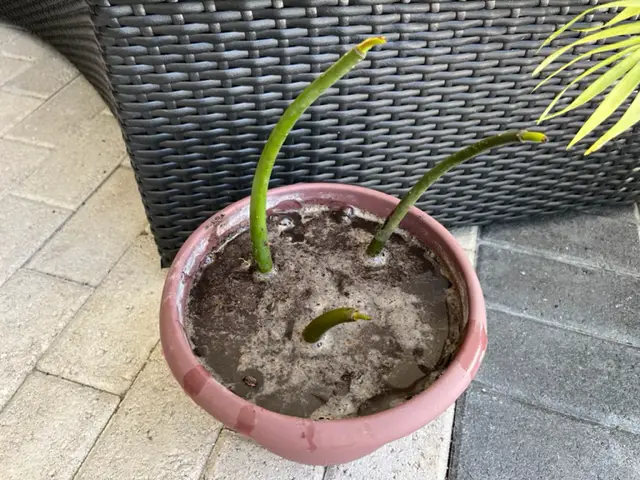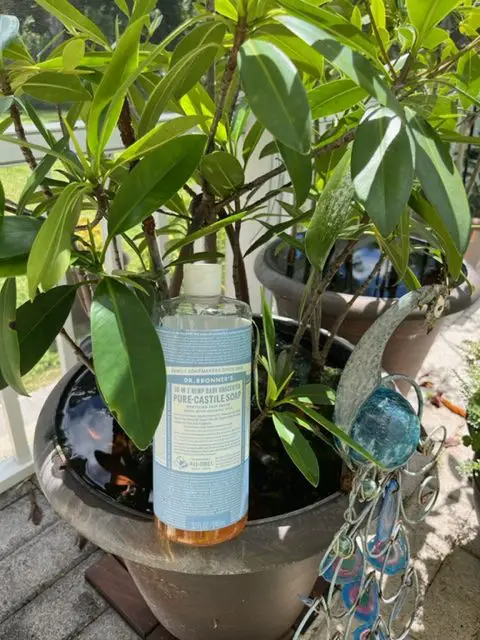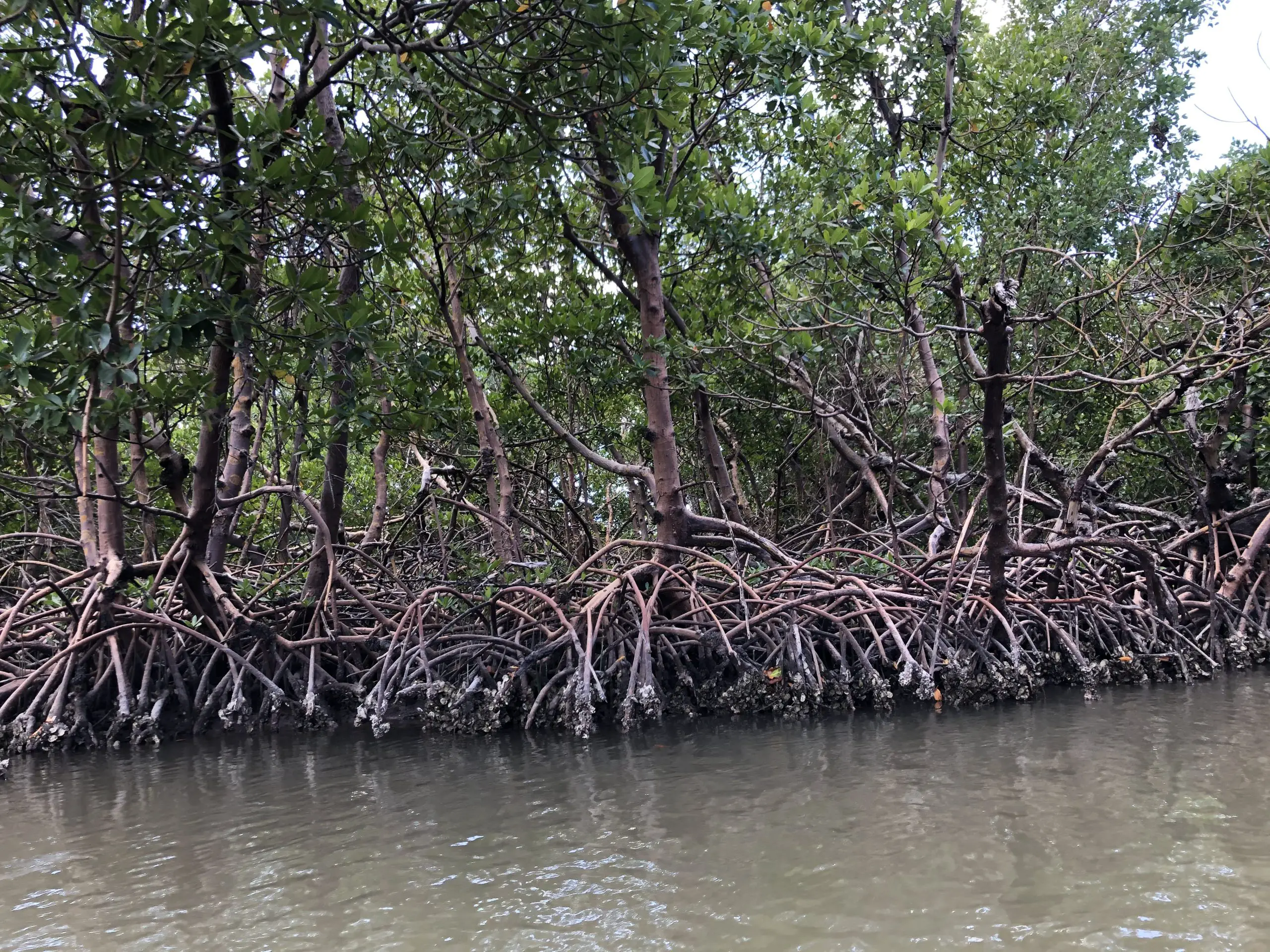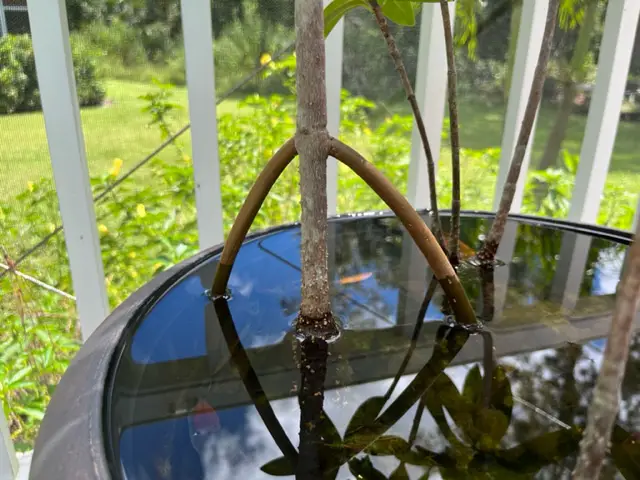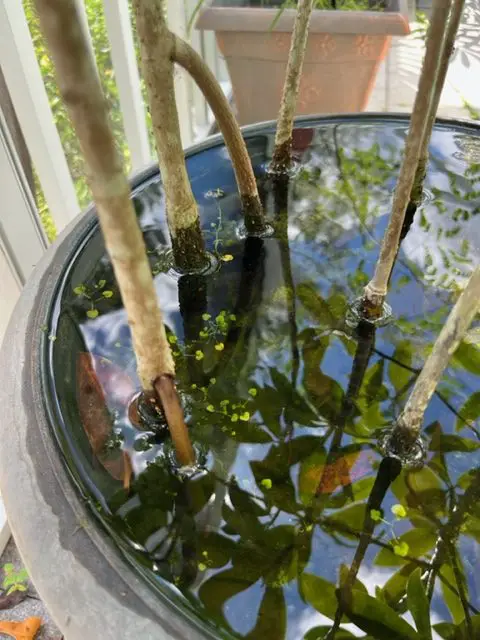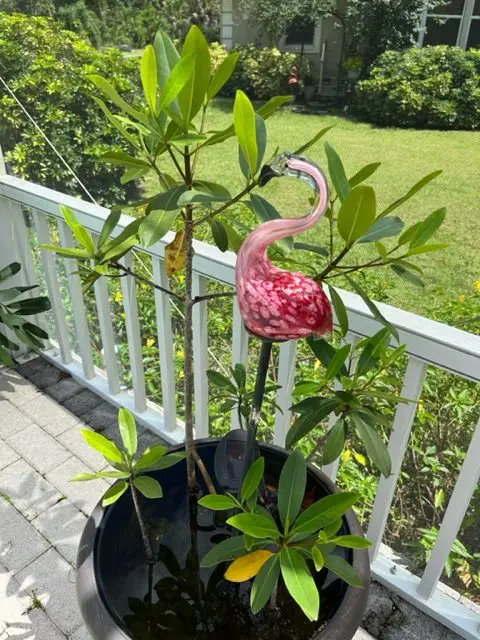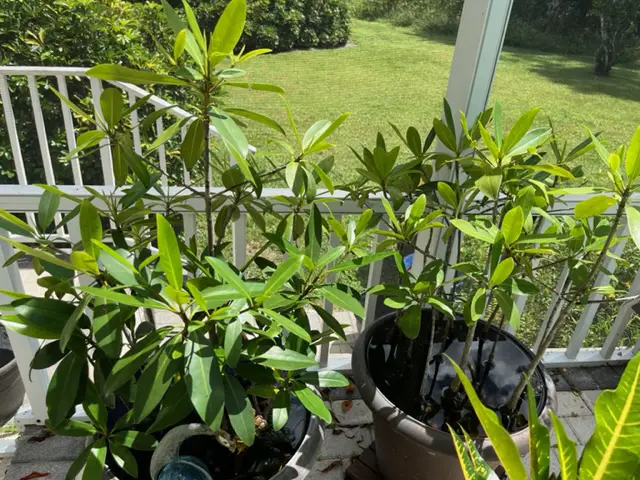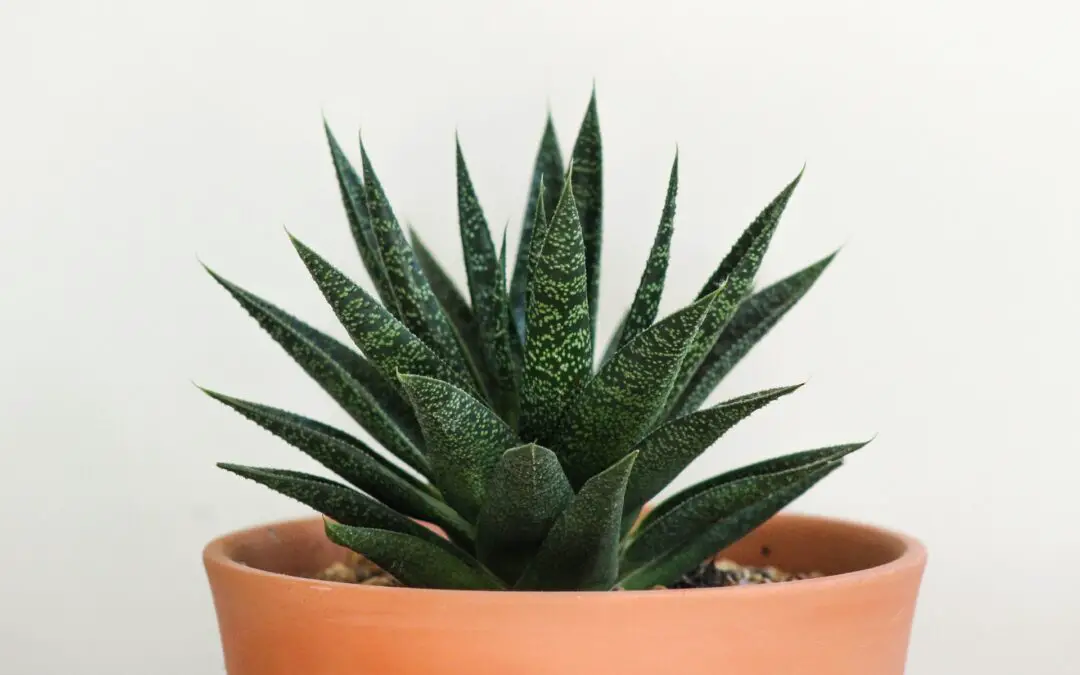
5 Easy Tips to Make Succulents Grow Faster
by Major Ramm
Do you pride yourself on your green thumb, but wondering how to make your succulents grow faster?
Despite their reputation for being low maintenance, succulents can still require some skillful care to reach their full potential.
In this article, we'll explore the surprising reasons why your succulents may not be thriving, and share expert tips on how to help them flourish.
From proper soil drainage to choosing the right pot, we'll cover everything you need to know to create a healthy and vibrant fast-growing succulent garden.
Get ready to unlock the secrets of succulent success.
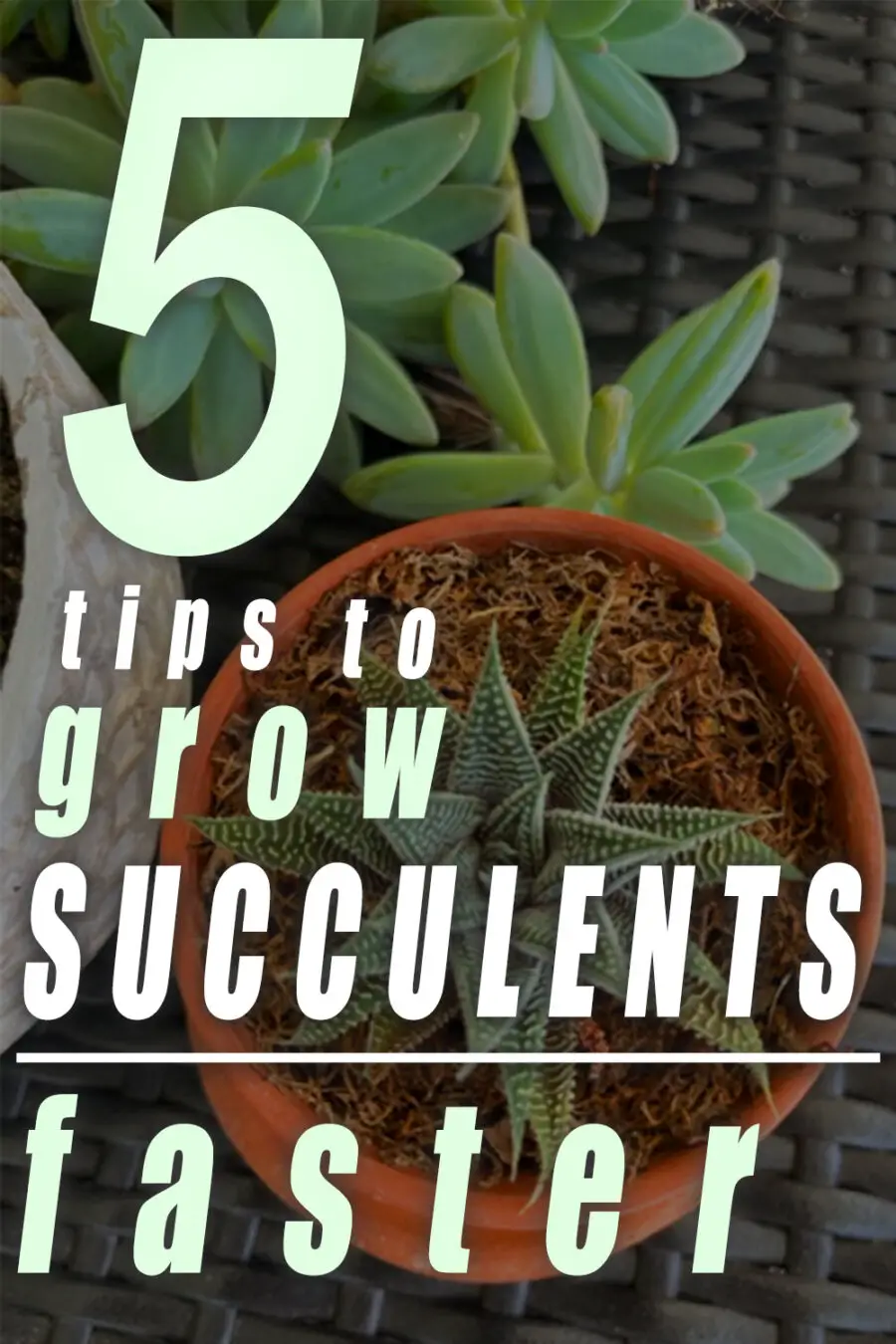
1. Have Proper Soil Drainage
One key factor that's often overlooked when it comes to succulent care is proper soil drainage. Without it, succulent roots can become waterlogged and prone to rot, leading to stunted growth and even death.
So, what exactly does proper drainage entail?
First and foremost, it's important to use a well-draining soil mix that allows excess water to escape quickly. A good succulent mix should contain a combination of materials such as sand, perlite, and pumice, which help to aerate the soil and prevent water from pooling. You can also add a layer of gravel or rocks at the bottom of your pot to provide extra drainage.
Additionally, be sure to choose a pot with drainage holes to allow excess water to escape. It's also a good idea to avoid using saucers or trays that can trap water and create a breeding ground for mold and bacteria.
By taking the time to ensure proper soil drainage, you'll be setting your succulents up for success and helping them grow faster. But drainage is just one piece of the puzzle - next, we'll explore the crucial role that light plays in succulent growth.
2. Keep in Bright, Direct Sunlight
Proper drainage is essential for succulent growth but it's not the only factor that needs to be considered. The amount and quality of light that succulents receive is just as important.
Succulents are adapted to live in areas with high light intensity and low humidity. Therefore, they need bright, direct sunlight to thrive. However, too much sunlight can also be harmful and cause the leaves to become brown and crispy.
To find the sweet spot of light for your succulent, pay attention to the direction and intensity of sunlight in your home.
South-facing windows usually provide the most light, but they can also be the hottest. East- or west-facing windows are also good options.
If your succulent isn't getting enough light, the leaves may become stretched out and pale in color. In this case, consider moving it to a window that gets more light or supplementing with a grow light.
Now that you know how important light is to your succulent's health, let's explore how watering can also impact their growth.
3. Water Well when Completely Dry
Proper watering is another crucial element in the growth and health of your succulent.
These plants are built to thrive in arid environments, meaning they are adapted to storing water in their leaves and stems. Overwatering can cause your succulent to rot, while underwatering can lead to shriveled leaves and stunted growth.
So, how do you know when to water your succulent? It's best to wait until the soil is completely dry before watering again. Stick your finger into the soil about an inch down – if it feels dry, it's time to water.
Be sure to use well-draining soil and a pot with a drainage hole to prevent water from sitting in the soil and causing root rot.
When you do water your succulent, water thoroughly until it drains out of the bottom of the pot. Then, wait for the soil to dry out completely before watering again.
It's better to underwater your succulent than to overwater it, so don't be afraid to err on the side of caution.
Now that we've covered the importance of proper watering, let's move on to how to choose the right pot for your succulent.
4. Choose a Porous Pot (with a Drainage Hole) that is the Right Size for your Succulent
The type of pot you choose for your succulent can have a big impact on its growth and overall health.
The most important factor to consider is drainage.
Succulents need well-draining soil to prevent their roots from sitting in water and potentially rotting. For this reason, it's important to choose a pot with a drainage hole in the bottom.
In addition to drainage, the size of the pot is also important.
A pot that is too small will restrict the growth of your succulent, while a pot that is too big can lead to overwatering and root rot. As a general rule, choose a pot that is slightly larger than the root ball of your succulent.
When it comes to materials, there are a variety of options to choose from including ceramic, terracotta, and plastic.
Ceramic and terracotta pots are popular choices because they are porous, which allows for good airflow to the roots. However, they can also be heavy and prone to cracking. Plastic pots are lightweight and durable, but may not provide as good of ventilation.
For this reason, I never use plastic pots for my succulents, and I believe that is a big reason that my succulents grow fast and thrive.
5. Apply Fertilizer Specifically Formulated for Succulents
While this step is purely optional, for those gardeners looking to maximize their succulent's growth, we recommend using a fertilizer.
When it comes to choosing a fertilizer for your succulent, there are a few things to consider. First, select a fertilizer that is specifically formulated for succulents.
Obviously, these contain the nutrients most suited to benefit your succulent, including nitrogen, phosphorus, and potassium.
You may also want to consider a slow-release fertilizer, which will provide your plant with a steady supply of nutrients over time.
It's important to apply succulent fertilizer correctly in order to avoid over-fertilization, which can harm your plant. Follow the manufacturer's instructions carefully and be sure to only apply fertilizer during the growing season (spring and summer).
Be mindful of how often you apply fertilizer, as too much can cause your plant to become leggy and weak.
You may need to experiment to see how much fertilizer is right for your plant.
Final Thoughts
In conclusion, despite their reputation for being low maintenance, it is good to be mindful of these hidden factors that can hinder their growth. With proper care and attention, your succulents can thrive and grow faster.
Remember to prioritize soil drainage, light exposure, watering habits, pot choice, and fertilizer use to ensure your plants reach their full potential.
Take your time, show your succulents some love, and watch them reward you with stunning growth and vibrant colors.
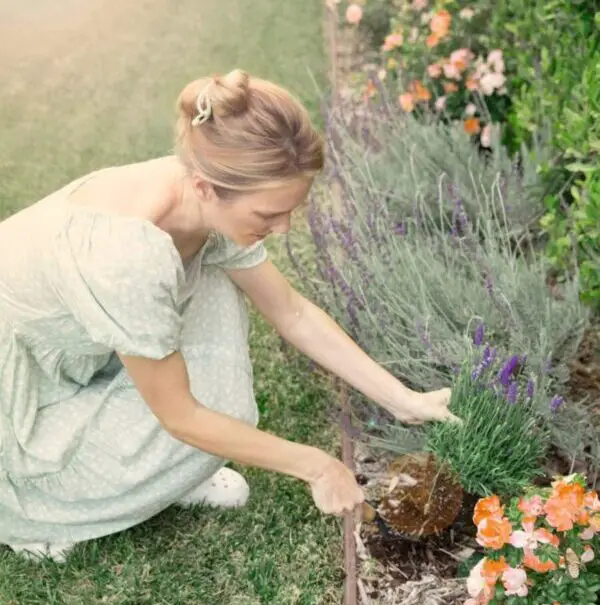
Flexi Sport
Best Hair Clip for Gardening!
Super-Grip, No-Slip, Easy-Clean
